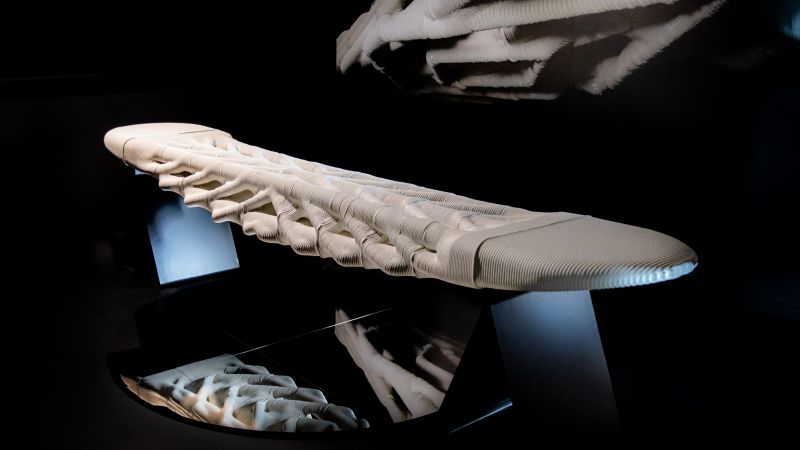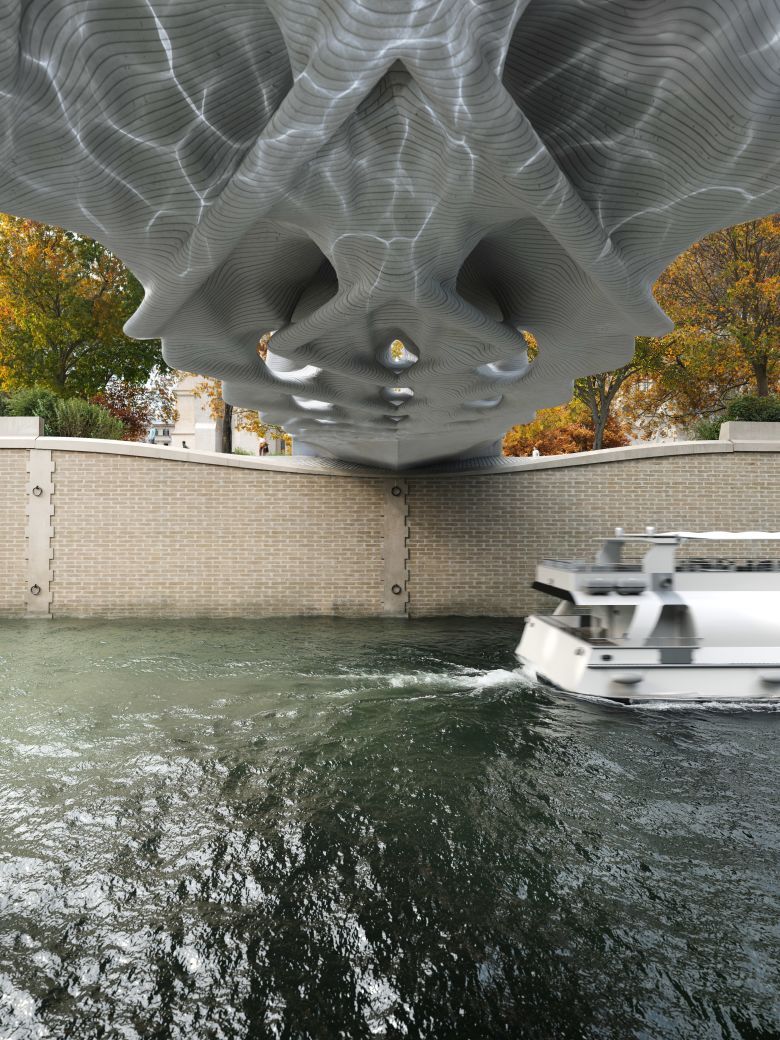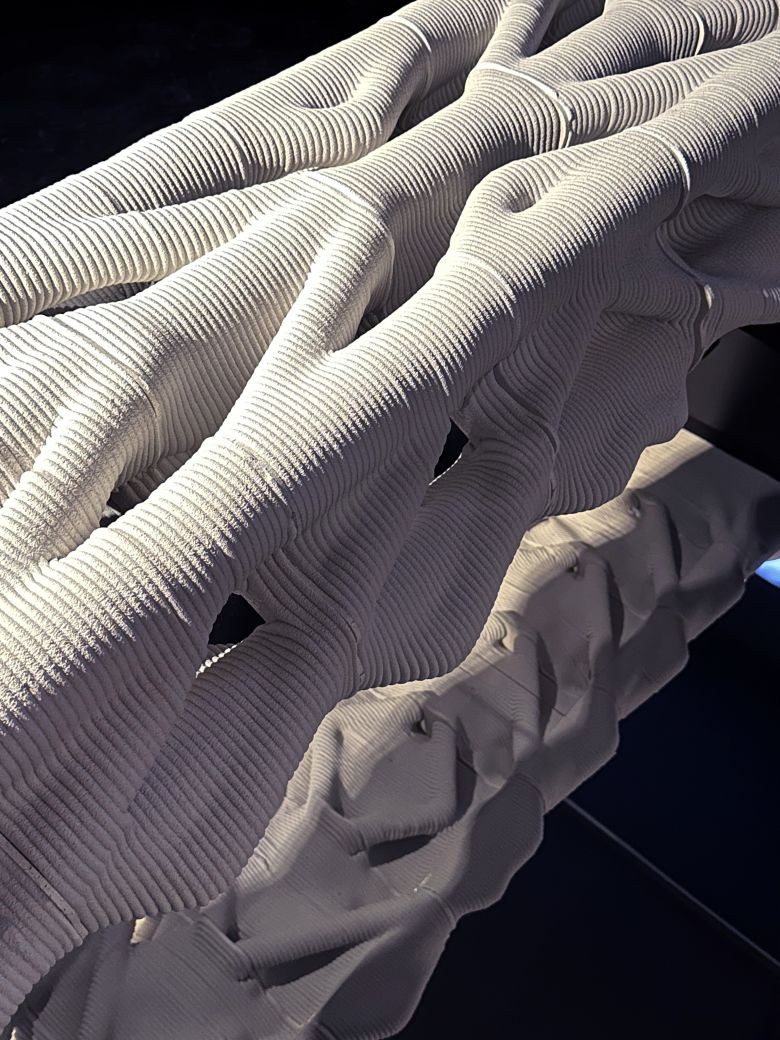Affordable, versatile, incredibly strong and locally available, concrete is the most widely used man-made material in the world.
But it also has a huge carbon footprint, accounting for about 8% of global greenhouse gas emissions.
The concrete and cement industry has been trying for years to reduce its environmental impact through sustainable concrete mixes or efficient designs.
Now a research team at the University of Pennsylvania has combined both novel materials and material-saving design without compromising strength and durability.
Called Diamanti, the project draws inspiration from nature and uses a robotic 3D printer to create complex, grid-like patterns from a sustainable concrete mix.
While most regular concrete absorbs carbon dioxide (up to 30% of its production emissions over its entire life cycle, according to some research), Diamanti's improved concrete mix absorbs 142% more carbon dioxide than traditional concrete mixes.
His first design, a pedestrian bridge, uses 60% less material while maintaining mechanical strength, says Masoud Akbarzadeh, an associate professor of architecture at the University of Pennsylvania and head of the lab that led the project.
“Through millions of years of evolution, nature has learned that you don’t need materials everywhere,” says Akbarzadeh. “If you take a cross-section of bone, you can see that the bone is quite porous, but there are certain patterns within which the load (or weight) is transferred.”
By mimicking the structures in certain porous bones – known as Triple Periodic Minimal Surface (TPMS) structures – Diamanti also increased the surface area of the bridge and increased the carbon absorption potential of the concrete mix by an additional 30%.
“The surface area, together with this material property, maximizes the reaction with carbon at the microscopic level,” says Akbarzadeh. “That goes a long way toward (carbon dioxide) reduction and absorption.”
The project, launched in 2022 in collaboration with Swiss-based chemical company Sika and with grants from the US Department of Energy, is now preparing to build its first full-scale prototype in France.
Concrete's strength, durability and safety, as well as fire resistance, “are fundamental to why it is used to this extent around the world,” says Andrew Minson, director of concrete and sustainable construction at the Global Cement and Concrete Association.
The cement industry has made significant efforts to improve sustainability, reducing its carbon emissions by 25% per ton between 1990 and 2023. However, according to the International Energy Agency (IEA), the sector's emissions are higher today than in 2015 due to increased demand.
The majority of its emissions – about 90% – come from cement, says Du Hongjian, a senior lecturer in civil engineering at the National University of Singapore who is not involved in the Diamanti project.
Cement is a binder that hardens when mixed with water and is used in building materials such as concrete, where it holds aggregates such as sand and stone together.
The energy-intensive process of making cement involves crushing limestone at temperatures of up to 2,000 degrees Celsius (3,632 Fahrenheit) in a kiln, producing carbon emissions. In addition, limestone is a calcium carbonate, which releases carbon dioxide at high temperatures and accounts for the majority of cement emissions, says Hongjian.
Replacing cement with other materials can help reduce carbon footprints, and several companies and organizations are exploring more absorbent concrete mixes: Japanese company CO2-SUICOM says its concrete mix is carbon negative, and U.K.-based Seratech is one of several companies that use the CO2-absorbing mineral olivine in cement incorporated to make it more sustainable.
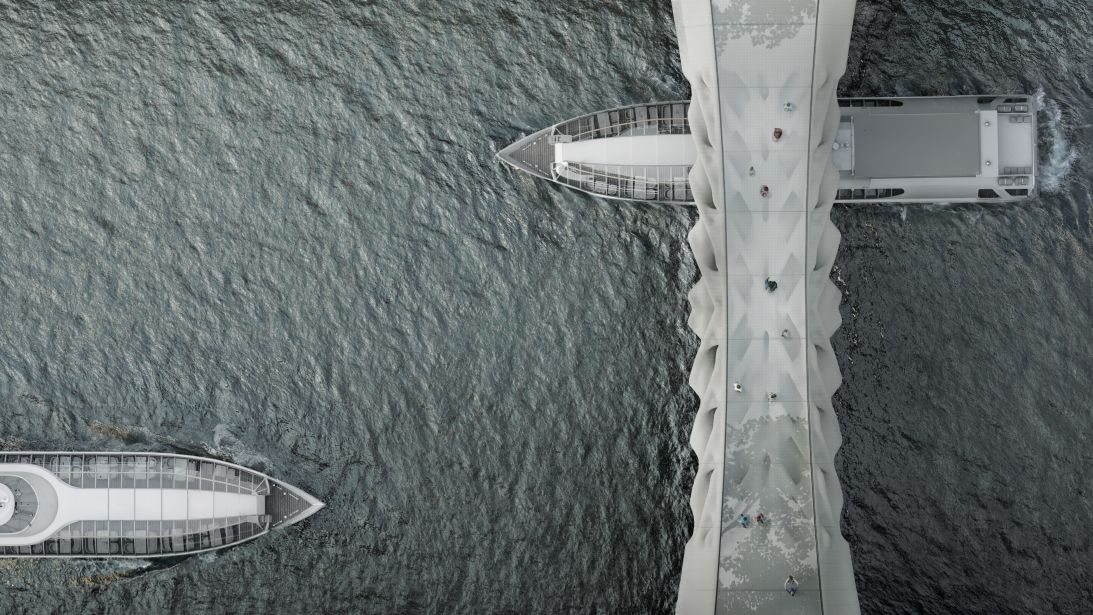
Diamantis concrete mix, designed by Dr. Developed by Shu Yang at the University of Pennsylvania's Material Science Department, it uses diatomaceous earth (DE), a naturally porous, siliceous material made from fossilized algae, to replace some of the cement.
This biomineral creates “channels” in the concrete that allow carbon dioxide to penetrate beneath the surface, Hongjian says. However, DE had a global production of 2.6 million tonnes in 2023. So Hongjian believes the material has potential, but “the supply chain needs to be considered for wider adoption in the future” if it is to meet the huge demand for concrete, he says.
Minson agrees that supply could be an issue, but that it could be a “niche solution” if the raw material is available.
“There is no panacea. We need to take all possible measures to manage material needs and reduce carbon emissions,” Minson added.
Another innovative aspect of the research is the increased surface area: concrete absorbs carbon dioxide, but “only the surface concrete that is exposed to air has this access to CO2,” says Hongjian.
Diamanti's innovative two-pronged approach offers the industry solutions that could be used together or separately, says Hongjian, adding: “Even without the material innovation, the higher surface area itself enables higher CO2 absorption.”
Before using Diamanti in the real world, the team had to test it by creating a bridge prototype.
The bridge is modular and each block is printed using a robotic arm and then connected with a pull cable. According to Akbarzadeh, 3D printing reduces construction time, material and energy consumption by 25%, and its structural system reduces the need for steel by 80%, minimizing the use of another emission-intensive material. He added that using the technique with Diamantis Concrete significantly reduces greenhouse gas emissions compared to traditional construction techniques and reduces construction costs by 25 to 30%.
First, the team built a five-meter-long prototype to demonstrate feasibility, before building a larger 10-meter version for stress testing using material provided by Sika Group Switzerland, which they passed with flying colors, says Akbarzadeh: “It exceeded all of our expectations.” The prototype is currently on display at the European Cultural Center in Venice on the occasion of the Venice Architecture Biennale 2025.
Akbarzadeh and the team published their findings in Wiley's journal Advanced Functional Materials earlier this year and had originally hoped to build the project's first full-scale bridge in Venice.
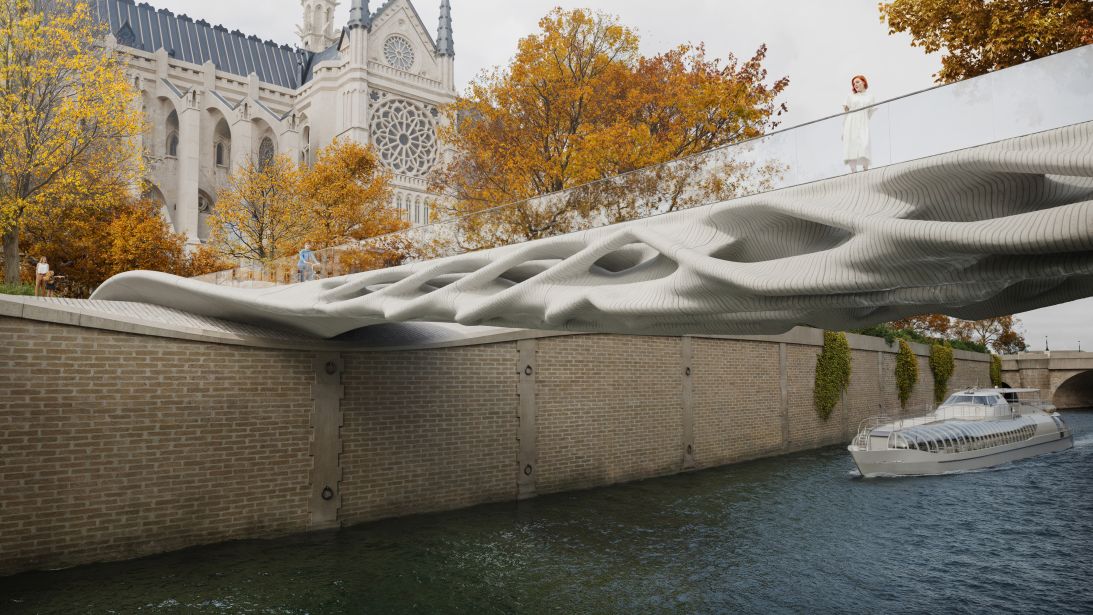
But after the city changed its regulations on new large-scale construction, the team began looking for other iconic waterways in Europe. Akbarzadeh worked with digital design studio Fortes Vision to create conceptual digital renderings visualizing the bridge over the Seine in central Paris.
In September, the project received approval to build its first bridge in France, but the location is still being decided. Akbarzadeh looks forward to testing their designs in the real world, where they will continue to closely monitor and evaluate the structure.
Beyond bridges, the team is also exploring other architectural applications, such as prefabricated floor systems. It's not a complete solution, Akbarzadeh says, but he hopes Diamanti can create “a whole new world of possibilities” for concrete.
